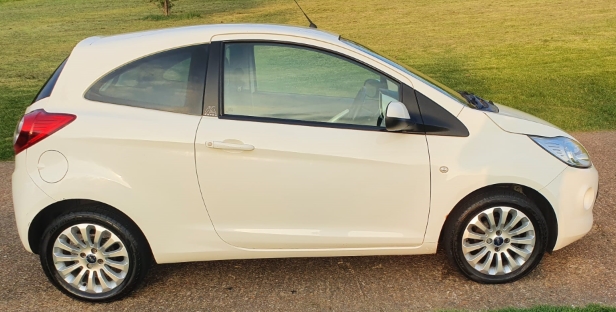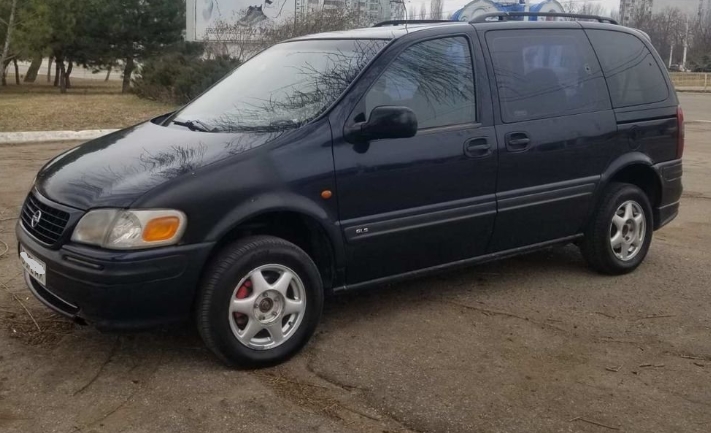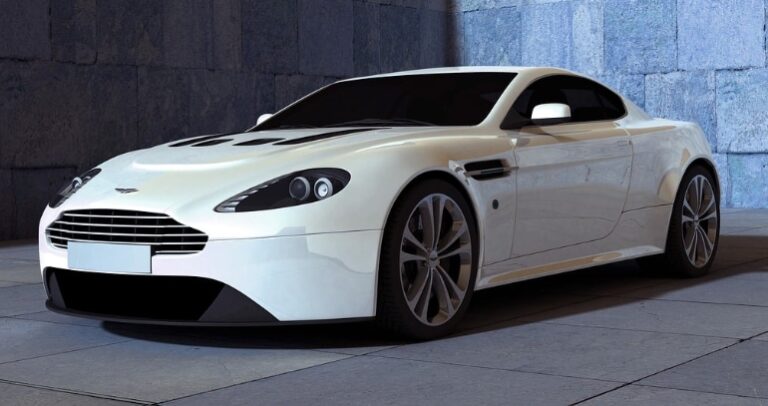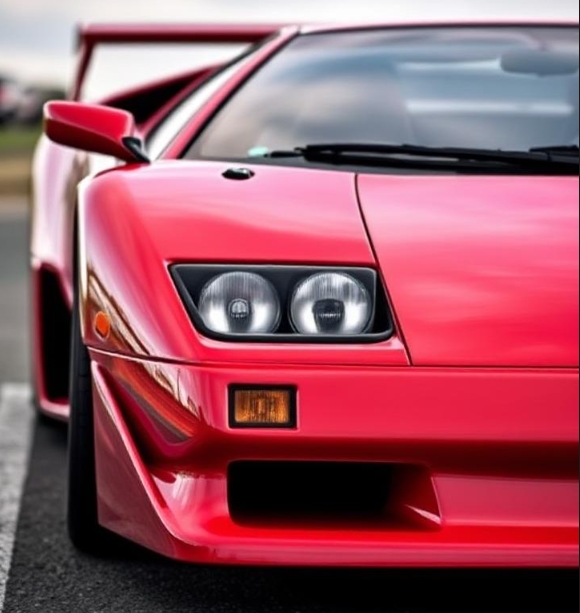The Pocket Rocket That Grew Up: A Comprehensive History of the Ford Ka
The Ford Ka, a name that immediately conjures images of cheerful, compact resilience, is one of the most recognizable and enduring small cars in European motoring history. Born from a philosophy of maximizing interior space within the smallest practical footprint, the Ka was more than just an economy car; it was a statement of youthful design and energetic urban capability. Over its multi-generational lifespan, the Ka evolved significantly, adapting to changing safety standards, fluctuating market demands, and advancements in automotive technology, yet it always retained its core identity as the nimble city car.
This article traces the comprehensive evolution of the Ford Ka, detailing its production years, the distinct generations, and the various models and trim levels that defined its trajectory from a radical design concept to a sophisticated modern city car.
Generation 1: The Radical Roadster (1996–2008)
The story of the Ford Ka begins not just with a car, but with a revolutionary design language. Ford leveraged the platform of the wildly successful Fiesta (Mk4) to create something audacious.
Launch and Design Philosophy: The first generation Ford Ka was launched in Europe in 1996 (following its unveiling as a concept car in 1995). Its defining feature was the ‘New Edge’ design philosophy—sharp creases, geometric shapes, and a visually distinct, almost playful aesthetic that stood in stark contrast to the rounded forms prevalent in the mid-1990s. The circular motifs, particularly visible in the instrument cluster and the rear light clusters, gave the Ka an unmistakable character.
Key Features and Engineering: Despite its small size (under 3.7 meters long), the Ka was praised for its surprisingly spacious cabin and excellent maneuverability, making it the perfect urban commuter. It was powered by the reliable 1.3-litre Zetec SE engine, initially producing 60 bhp, later upgraded to a 70 bhp version in 1998.
Model Years and Trim Levels (MK1: 1996–2008):
The first generation enjoyed remarkable longevity, spanning 12 years on the market. While the core mechanicals remained consistent, Ford introduced several distinct trim levels and special editions:
- Ka (Base Model): The entry-level version, typically featuring steel wheels, basic upholstery, and essential safety features (which improved over time as regulations tightened).
- Ka LX: Introduced shortly after launch, offering minor cosmetic upgrades and potentially air conditioning (though often optional).
- Ka Zetec: Generally featured the upgraded 70 bhp engine, improved interior trim, and sometimes alloy wheels.
- Ka “Studio” and “Style”: These trims often denoted specific regional packages focusing on either basic functionality (Studio) or slightly more premium interior accents (Style).
- Ka “Millennium Edition” (2000): A special run commemorating the turn of the century, often featuring unique colour schemes and badging.
- Ka “Impression” (2001 onwards): A popular mid-tier trim that often bundled features like power steering (which was optional on the absolute base model initially) and metallic paint.
The End of an Era: The Mk1 Ka’s longevity was due to its low running costs and established reliability. It ceased production in 2008, making way for a significantly re-engineered second generation designed to meet tougher modern standards.
.

.
Generation 2: The Squared-Up Successor (2008–2016)
The second generation of the Ford Ka, launched in late 2008, represented a complete break from its predecessor in terms of engineering, though it retained the small footprint.
Platform Shift and Shared DNA: Crucially, the Mk2 Ka moved away from the Fiesta platform to share its underpinnings with the highly successful Fiat 500. This collaboration with Fiat not only offered manufacturing efficiencies but also immediately positioned the Ka in a more premium, stylish segment, competing directly against its Italian cousin.
Design Evolution: The sharp ‘New Edge’ styling was abandoned for softer, more conventional curves, aligning the Ka with Ford’s contemporary kinetic design language seen on models like the Focus and Mondeo. While still recognizably small, the Mk2 was slightly taller and longer than the Mk1.
Engine Options: Reflecting stricter EU emissions regulations, the engine line-up was completely revamped:
- 1.2-litre Petrol Engine: Derived from Fiat, producing around 69 bhp.
- 1.3-litre Diesel Engine (TDCi): Also sourced from Fiat, offering excellent fuel economy.
Model Years and Trim Levels (MK2: 2008–2016):
The Mk2 focused heavily on offering clear segmentation through its trim levels:
- Ka (Base): The entry point, typically equipped with the 1.2L engine, minimal external ornamentation, and focused purely on urban transport.
- Ka Zetec: Became the standard mid-range model, adding body-coloured bumpers, tinted glass, and improved interior fabrics. Air conditioning often became standard or a readily available option here.
- Ka Titanium: The top-tier trim for most of its run, featuring 15-inch alloy wheels, chrome exterior detailing, fog lights, and a more refined interior finish.
- Ka Edge (Later Models): A trim level introduced later, sometimes slotting below Zetec or replacing it, emphasizing connectivity features.
- Special Editions: Unlike the Mk1, the Mk2 saw fewer radical special editions, focusing instead on offering clear tiered specifications (Zetec and Titanium being the primary drivers).
The Mk2 Ka proved popular, especially in markets where the Fiat 500 was highly desirable but perhaps slightly too expensive. It successfully transitioned the Ka into a more refined, albeit less radical, city car.
Generation 3: The Global City Car (2016–2020)
The third and final generation, launched in 2016, marked the most significant departure yet, transforming the Ka from a European-specific model into a globally recognized vehicle: the Ford Ka+ (sometimes referred to as the Ka Plus).
Platform and Strategy Shift: Ford recognized that the small car segment demanded more than just affordability; buyers now expected five doors and enhanced safety features. Consequently, the Ka+ was built on the platform shared with the contemporary European Ford Fiesta (Mk6). This made it larger, safer, and capable of being sold as a genuine five-door hatchback, moving it out of the ‘city car’ segment and into the competitive ‘supermini’ category.
Design and Cabin: The design language adopted Ford’s modern trapezoidal grille, giving it visual consistency with the rest of the Ford lineup. The interior was vastly improved, offering significantly more rear legroom and boot space than the Mk2, addressing the major limitation of its predecessor.
Model Years and Trim Levels (MK3/Ka+: 2016–2020):
The Ka+ arrived with a unified focus on value and practicality, simplifying the trim structure substantially:
- Ka+ (Base/Studio): The entry-level model, equipped with the 1.2-litre three-cylinder naturally aspirated petrol engine (developed in-house by Ford). Standard equipment included electric front windows, DAB radio, and safety essentials like stability control (standard across the range due to EU mandate).
- Ka+ Zetec: The most popular trim, adding alloy wheels, air conditioning, Ford’s SYNC infotainment system, and front fog lights.
- Ka+ Titanium: The premium offering, featuring enhancements like automatic headlights, heated windshield, leather-trimmed steering wheel, and usually 15-inch or 16-inch alloy wheels.
- Ka+ Active (2018 onwards): Introducing a crossover aesthetic, the Active variant featured increased ride height, unique plastic body cladding, roof rails, and specific interior trim, targeting the growing demand for rugged-looking small cars.
Diesel Availability: While the core engine was the 1.2L petrol, a more potent 1.5-litre TDCi diesel engine was offered in the higher trims (Zetec and Titanium) for those prioritizing motorway efficiency.
Phasing Out: The Ka+ era was relatively short. As the small car market faced increasing pressure from SUVs and required ever-more complex mandated safety technology (such as pedestrian detection systems), the business case for a budget-focused, slow-selling model diminished. Ford officially discontinued the Ka+ in the UK and most European markets in 2020, marking the end of the Ka nameplate.
Legacy and Conclusion
The evolution of the Ford Ka is a compelling case study in automotive adaptation.
The First Generation (1996–2008) defined the term “city car” through its radical, instantly recognizable design and affordability. It was characterful, simple, and brilliant for navigating tight urban streets.
The Second Generation (2008–2016) performed a necessary pivot, trading radicalism for refinement by leveraging Fiat technology. It grew subtly in sophistication while retaining its compact footprint.
The Third Generation (Ka+, 2016–2020) attempted to bridge the gap between city car and supermini, offering five doors and better safety, but ultimately fell victim to the changing dynamics of the European small car segment.
Across its 24-year production history, the Ford Ka delivered on its fundamental promise: to provide accessible, fun, and economical motoring. From the quirky circular delights of the New Edge machine to the practical five-door Ka+, the little car left an indelible, energetic mark on the streets it was designed to conquer.







